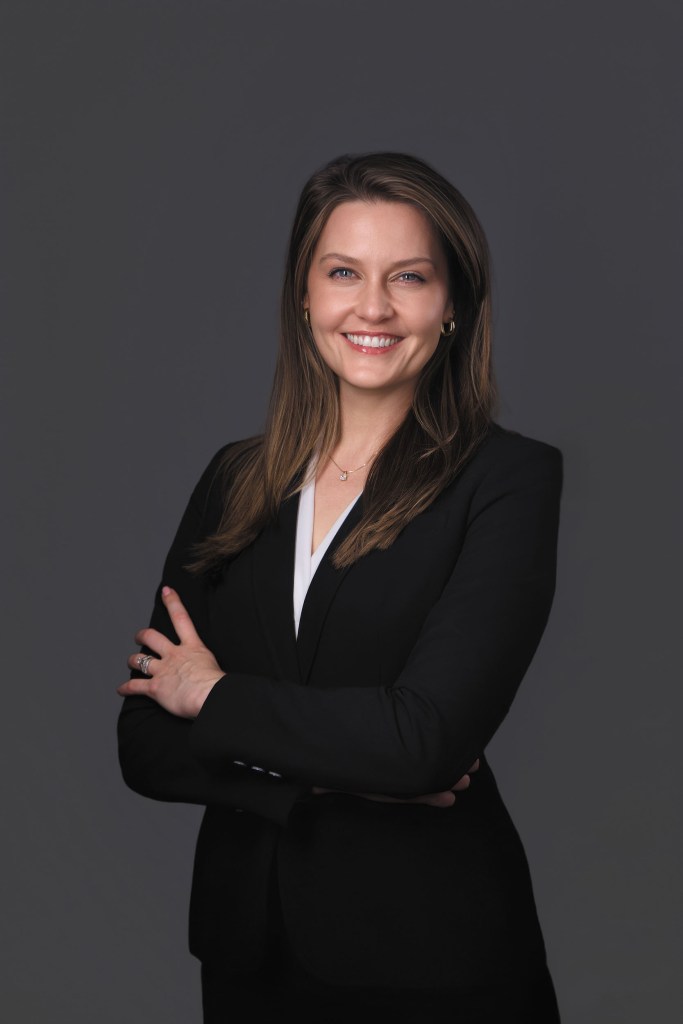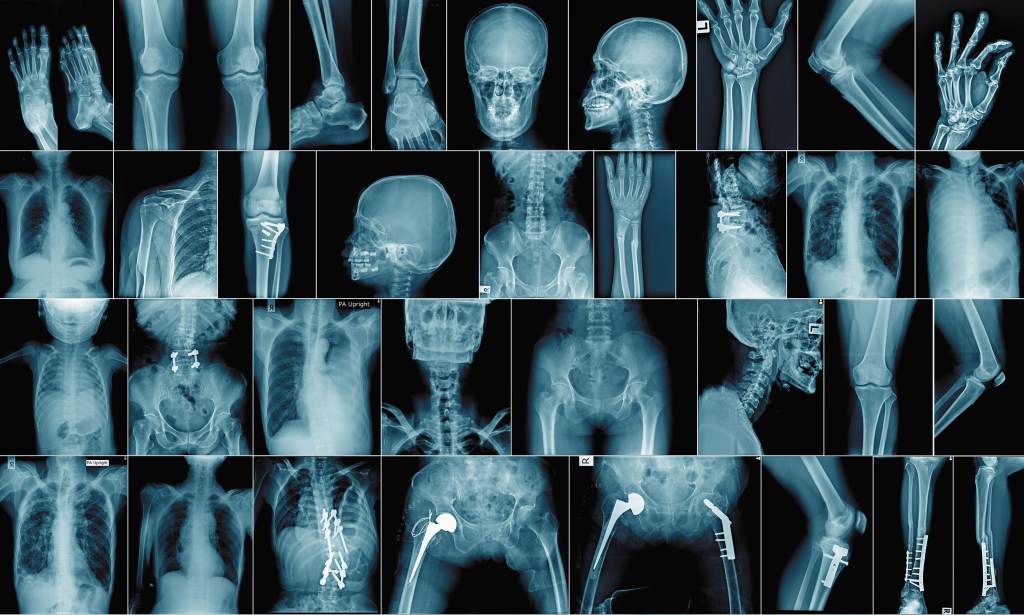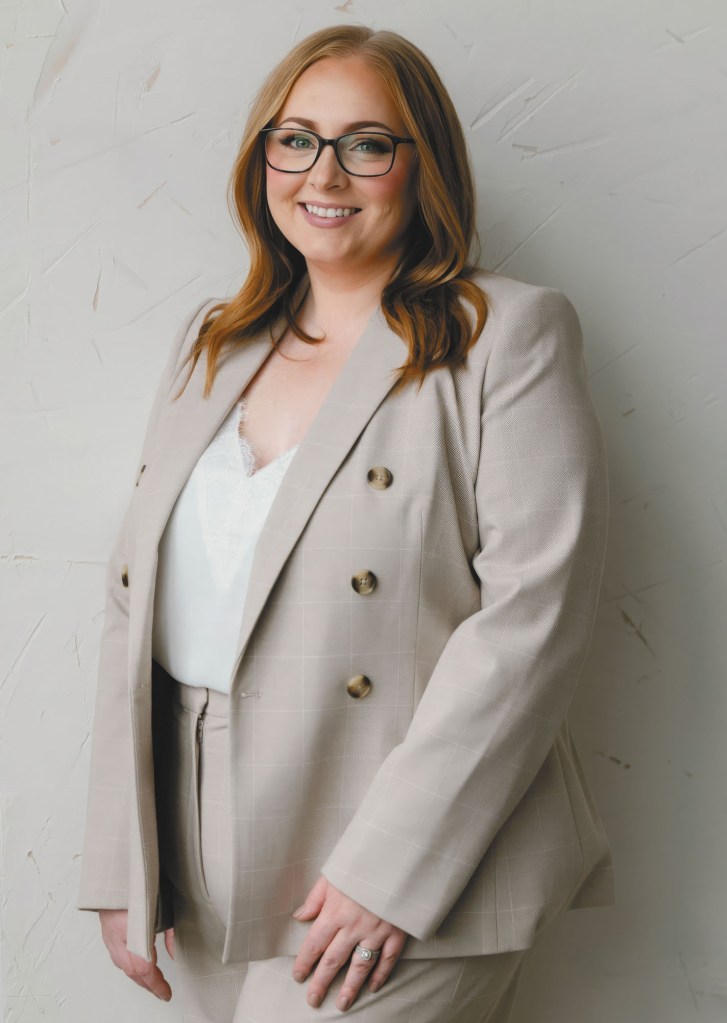The BAP and Temporary Substitutes
By: Bill Wilson
This is a very good (and frequent) question. There is good news and bad news in the answer. The good news is that with Symbol 1 for liability, claims for bodily injury or property damage to third parties are covered for “any auto” whether owned, hired or nonowned. If liability had been covered under Symbol 7, the insured would need liability via Symbols 8 and 9 to cover hired and nonowned exposures.
The bad news (but it’s easy to convert this bad news into good news) is that there is no physical damage coverage for “temporary substitute” autos. The “Certain Trailers, Mobile Equipment And Temporary Substitute Autos” section of the BAP makes it clear that only liability, not physical damage coverage, extends to temporary substitutes.
For the customer’s temporary substitute vehicle to be covered, Symbol 8 physical damage coverage would need to be provided. Another example of a customer who needs to have Symbol 8 for physical damage is a business with employees who travel and rent cars for business purposes. If the BAP does not include Symbol 8 for physical damage and the rental car is damaged, the policy does not provide coverage.
One possible explanation for why some people think the BAP provides physical damage coverage for a temporary substitute is because the standard ISO Personal Auto Policy (PAP) usually does when at least one declared vehicle has physical damage coverage. Unfortunately, that’s not the case with the BAP.
For more information, click here.
Pay Attention to Policy Form Edition Dates
When a coverage question is submitted to the Virtual University’s “Ask an Expert” service, readers are asked to provide the form number and edition date if it is an ISO form. For example, a business income question involving a loss due to on-premises power failure might be based on the CP 10 30 Special Causes of Loss form.
However, to answer the question, the edition date is required as well. Is the form the CP 10 30 06 95 or the CP 10 30 06 07? The reason this information is relevant is the former excludes power failure claims that occur outside a building, while the latter only excludes them if they occur off the premises.
Probably the most frustrating part of the “Ask an Expert” service is the number of questions where it’s clear the agent does not understand that the edition date (if an ISO form)is often critical to coverage. If it’s not an ISO form, the VU needs the proprietary form in order to make a coverage determination.
To learn more about ISO’s form numbering system, how to read it and how to distinguish ISO from non-ISO forms, click here.
Insuring Homes Owned by LLCs
An agency customer’s accountant sets up an LLC, transferring ownership of his home to his three children. The children are the LLC members and now rent the home under a triple net lease to the customer, requiring him to insure it. The insured currently has an HO policy in his name and the agency has advised that he is no longer eligible for the HO program. The accountant is livid that the agency won’t provide this coverage. What can the agency do?
The bottom line is that the HO program simply is not designed to insure properties owned by corporations and LLCs. If the accountant wants someone to be upset with, she/he should look inward—the insurance implications and costs should have been considered as part of the rationale for making this change.
For some suggestions made by the Virtual University faculty and links to several related articles, click here.
Bill Wilson (bill.wilson@iiaba.net) is Big “I” director of the Virtual University, an online learning center for agents and brokers.










